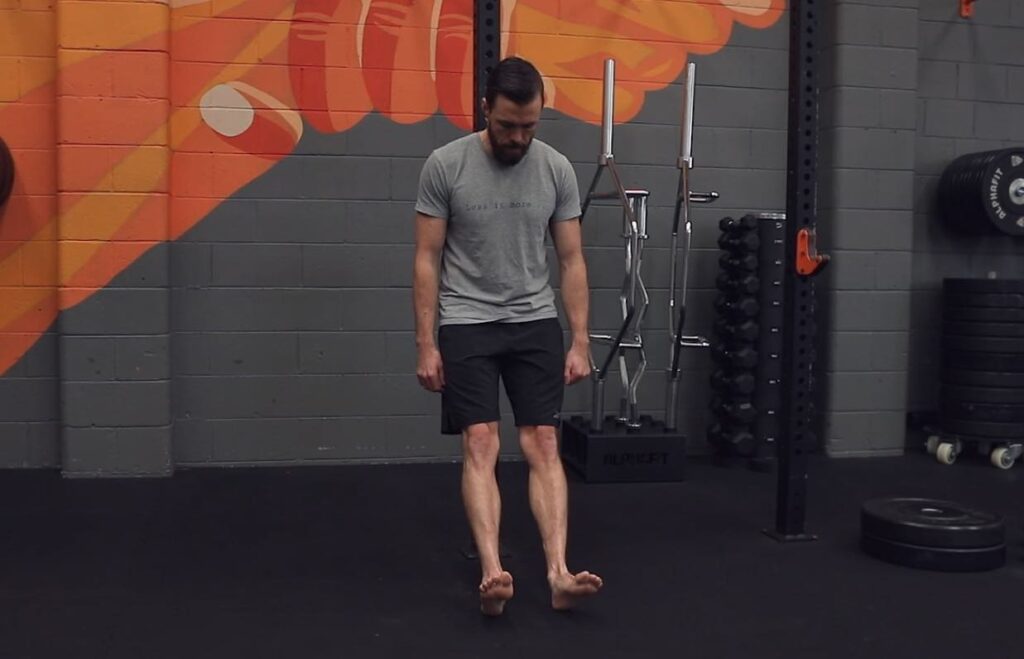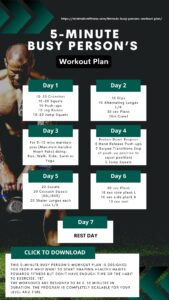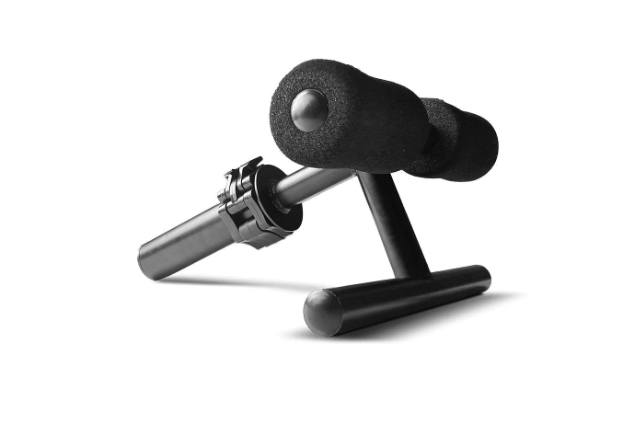The tib raise is a popular exercise designed to strengthen the tibialis anterior muscle, which runs along the shin. This exercise involves dorsiflexion of the foot, which is the movement of hinging at the ankle to move the foot towards the shin. The tib raise is the perfect exercise for runners or field sports athletes who want to reduce the risk of injury and improve their athletic performance.
How To Do Tib Raise
This exercise as you will learn is to focus on strengthening the posterior chain or if we found we have really tight ankles we can often find this antinbs either tight or weak. So, using your antib trigger point release first do the steps as described below:
- Lean on the wall
- Put your heels away from the wall
- Pull up your toes back and locked your knees
- Lower down and up again
- Do set of 25 reps
To help you make it more clear how to do a tib raise you can watch this video tutorial
Key Takeaways
- Tib Raise is a popular exercise designed to strengthen the tibialis anterior muscle.
- Incorporating Tib Raise in workout routine can help individuals improve their overall lower leg health and prevent injuries.
- The tibialis anterior muscle plays a crucial role in balance and stability, making it an essential muscle group to target during workouts.
Understanding Tib Raise
The Tib Raise, also known as the Tibialis Raise, is an exercise designed to strengthen the Tibialis Anterior muscle. This muscle runs along the shin and is responsible for dorsiflexion of the foot. The Tib Raise involves hinging at the ankle to move the foot towards the shin, which is the opposite of a calf raise.

Benefits of Tibialis Raise
The tibialis raise, also known as the tib raise, is an exercise that targets the tibialis anterior muscle located in the shin. Here are some of the benefits of incorporating tibialis raises into your workout routine:
Improved Ankle Mobility
The tibialis anterior muscle is responsible for dorsiflexion, or pulling the foot upward towards the shin. Strengthening this muscle can lead to improved ankle mobility, which is important for a range of activities, including running, jumping, and squatting.
Reduced Risk of Shin Splints
Shin splints are a common injury among runners and athletes that can be caused by overuse or poor biomechanics. Strengthening the tibialis anterior muscle can help reduce the risk of developing shin splints by improving the overall strength and stability of the lower leg.
Get Fit in 5 Minutes

Too Busy to Work Out?
In 5 minutes a day, you’ll create an easy-to-follow workout habit that fits your busy schedule.
Alleviation of Knee Pain
Weakness in the tibialis anterior muscle can contribute to knee pain by causing imbalances in the lower leg muscles. By strengthening this muscle, individuals may experience a reduction in knee pain and improved overall knee health.
Enhanced Athletic Performance
The tibialis anterior muscle is crucial for athletic performance, particularly in sports that require explosive movements or changes in direction. Strengthening this muscle can lead to improvements in speed, agility, and power.
Related Posts:
- How to improve your ankle mobility in 4 simple steps
- Strength Training For Runners: The Complete 4 Stage Guide
- Nordic Curls: Mastering the Ultimate Exercise for Hamstrings
- ATG Split Squat: Benefits, Technique, And 4 Variations
- Bryan Johnson Blueprint: Daily Routine, Supplements & Protocol
How To Incorporate Tib Raise in Workout Routine
To incorporate tib raises into a workout routine, it is recommended to start with bodyweight variations and gradually progress to weighted variations as strength increases. It is also important to follow the principles of progressive overload, gradually increasing the weight and/or reps over time to continue challenging the muscle.
One way to incorporate tib raises into a workout routine is to perform them as a warm-up exercise before other lower body exercises. This can help activate the tibialis anterior muscle and improve overall lower body stability during the workout.
Another way to incorporate tib raises is to perform them as a standalone exercise, either using bodyweight or weights. It is recommended to perform 3-4 sets of 10-15 reps, gradually increasing the weight and/or reps as strength improves.
What Equipment You Need For Tib Raise
Performing a tib raise can be done with just your bodyweight, but using specialized equipment can provide additional resistance and help you target the tibialis anterior muscle more effectively. Here are some types of equipment that can be used for tib raises:
Tib Bar
A tib bar is a specially designed bar that allows for more resistance during tib raises. It is typically made of high-quality materials and is designed to withstand heavy use. The HGG Performance Tib Bar is a popular choice among athletes and fitness enthusiasts due to its superior quality.

Slant Board
If you want to increase the range of motion or ROM of the Tib raise movement, place your heels on a slant board. This will allow you to gradually increase the ROM used and the strength of your anterior tibialis over time.
DARD
The DARD (Dynamic Ankle Resistance Device) is a piece of specialist equipment designed specifically for ankle dorsiflexion exercises like tib raises. It provides adjustable resistance and can be used for both bodyweight and weighted exercises.
Using specialized equipment for tib raises can help you target the tibialis anterior muscle more effectively and provide additional resistance for a more challenging workout. Whether you choose a tib machine, tib bar, or DARD, make sure to use proper form and start with lighter weights or resistance to avoid injury.
Related Posts:
Tib Raise – Frequently Asked Questions
What muscles does the Tib Raise exercise work?
The Tib Raise exercise primarily works the tibialis anterior muscle, which is located on the front of the lower leg. This muscle is responsible for dorsiflexion of the foot, which is the movement of lifting the foot towards the shin.
How do you properly perform Tib Raises with dumbbells?
To perform Tib Raises with dumbbells, fix the dumbbell to the bottom of your foot using a resistance band or strap. The dumbbell must be placed in a position to where a weight would sit when using a tib bar in order to get the leverage during the movement.
Can Tib Raises help improve your jumping ability?
While Tib Raises can help strengthen the tibialis anterior muscle, which is important for ankle stability and athletic performance, they may not necessarily directly improve jumping ability. However, incorporating Tib Raises into a well-rounded training program may contribute to overall athletic performance.
What are the recommended sets and reps for Tib Raises?
The recommended sets and reps for Tib Raises can vary depending on individual fitness goals and current fitness level. As a general guideline, beginners may start with 2-3 sets of 10-12 repetitions, while more advanced individuals may perform 3-4 sets of 15-20 repetitions.
Are Tibialis Raises beneficial for ankle strength?
Yes, Tibialis Raises can be beneficial for ankle strength as they target the tibialis anterior muscle, which plays a role in ankle stability. Strengthening this muscle can help reduce the risk of ankle injuries and improve overall ankle strength.